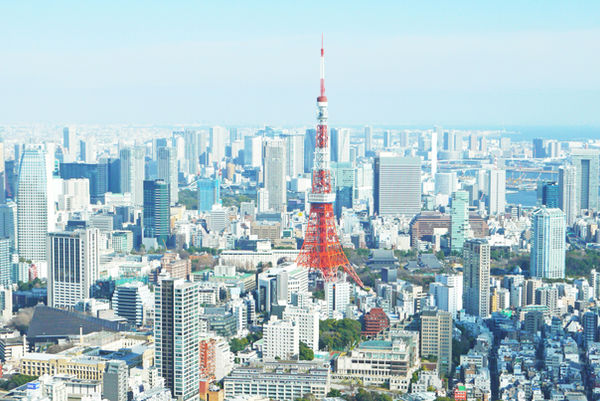
Call for Paper
Education Theory and Practice; Education Policy and Administration; Learning; Social Sciences.
Important Dates
Full Paper Submission Deadline: Jan. 10, 2025
Notification of Acceptance: Feb. 25, 2025
Registration Deadline: Mar. 15, 2025
Registration Guide
All the attendees must register in advance in order to participate in conference activities.
Welcome Message
2025 International Conference on Innovative Education and Social Development (IESD 2025), scheduled for March 28-30, 2025, in Tokyo, Japan, with the support of the Cambridge Innovation Center.
This conference is a unique platform where educators, researchers, policymakers, and social innovators come together to explore the transformative power of education in shaping a better society. As we navigate the challenges of the 21st century, innovative approaches to education are crucial in fostering critical thinking, creativity, and lifelong learning. At the same time, social development initiatives are essential in addressing inequalities and promoting inclusive growth.
Join us as we delve into the latest advancements in educational technology, curriculum design, and social policies that aim to create a more equitable and sustainable world. We look forward to your contributions and to the inspiring exchanges that will drive meaningful change in education and social development!
Paper Publication
The authors can choose one of the following ways for submitting of your papers, Please conform to the correct format when preparing your papers.
Publication in Proceedings
All accepted and presented papers will be published together with IESD 2025 in digital conference proceedings, which will be submitted to databases: SCOPUS, CNKI, CPCI, DOAJ, EBSCO, ProQuest, Google scholar, Wanfang Data
Presentation Only
For those who're NOT expecting the publishing of their papers, it's acceptable to only submit your abstracts to us for Oral Presentation Only.
Submission Method
Please submit your full paper/abstract to us via the Submission Link.
Review Process: Authors are solicited to contribute to the conference by submitting articles that illustrate research results, projects, surveying works and industrial experiences. Submissions must be original and should not have been published previously or be under consideration for publication while being evaluated for this conference. After the conference group receiving the paper submission, it will be sent to be blind and peer reviewed by 2-3 reviewers. Only revised papers that pass the second review will be accepted. IESD do not accept multiple submissions, plagiarism, and self-plagiarism. Submissions in violation will be rejected without review.
Introduction to the Tokyo
Tokyo is Japan's capital and the world's most populous metropolis. It is also one of Japan's 47 prefectures, consisting of 23 central city wards and multiple cities, towns and villages west of the city center. The Izu and Ogasawara Islands are also part of Tokyo.
Prior to 1868, Tokyo was known as Edo. Previously a small castle town, Edo became Japan's political center in 1603 when Tokugawa Ieyasu established his feudal government there. A few decades later, Edo had grown into one of the world's largest cities. With the Meiji Restoration of 1868, the emperor and capital moved from Kyoto to Edo, which was renamed Tokyo ("Eastern Capital"). Large parts of Tokyo were destroyed in the Great Kanto Earthquake of 1923 and the air raids of 1945.
Today, Tokyo offers a seemingly unlimited choice of shopping, entertainment, culture and dining to its visitors. The city's history can be appreciated in districts such as Asakusa and in many excellent museums, historic temples and gardens. Contrary to common perception, Tokyo also offers a number of attractive green spaces in the city center and within relatively short train rides at its outskirts.

Hosted by

Cambridge Innovation Center
_edited.png)